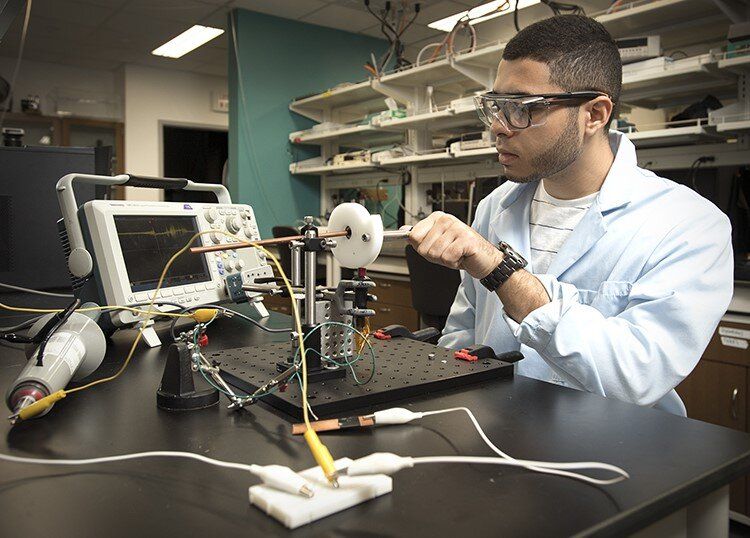Low-temperature plasmas offer promise for applications in medicine, water purification, agriculture, pollutant removal, nanomaterial synthesis and more. Yet making these plasmas by conventional methods takes several thousand volts of electricity, says David Go, an aerospace and mechanical engineer at the University of Notre Dame. That limits their use outside high-voltage power settings.
In work supported by the U.S. National Science Foundation, Go and a team of researchers conducted research that explores making plasma devices that can be operated without electrical power—they need only human or mechanical energy.
Their paper in Applied Physics Letters introduces a strategy the scientists call “energy-conversion plasma” as an alternative to producing “transient spark” discharges without the need for a very high-voltage power supply.
